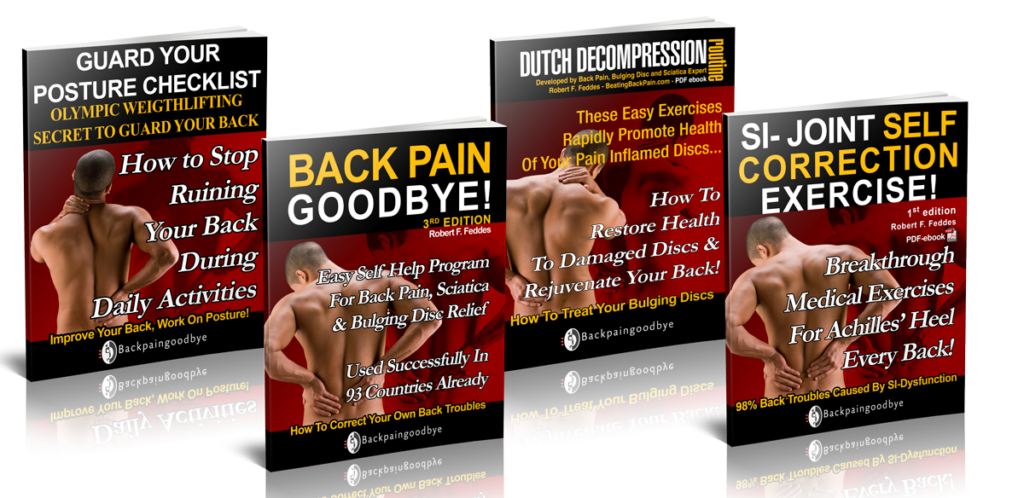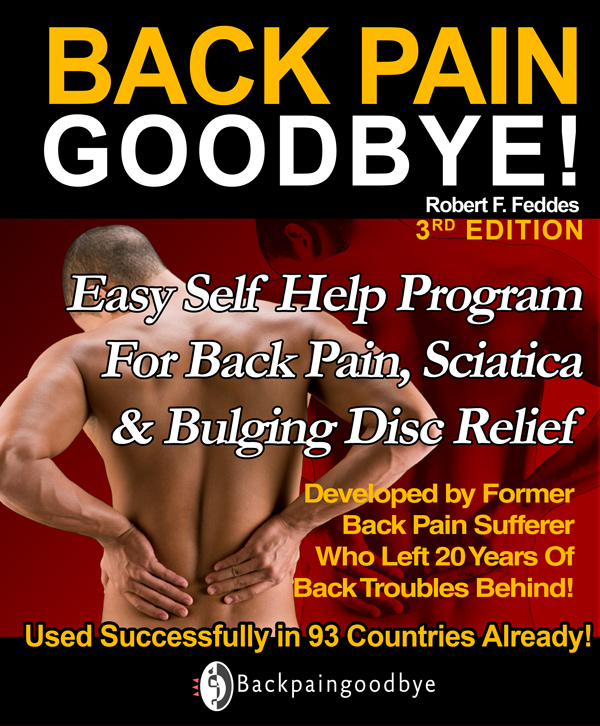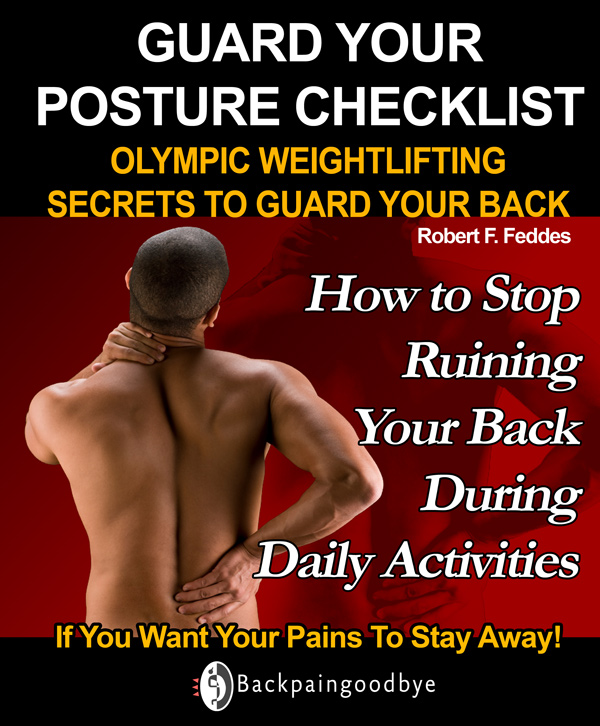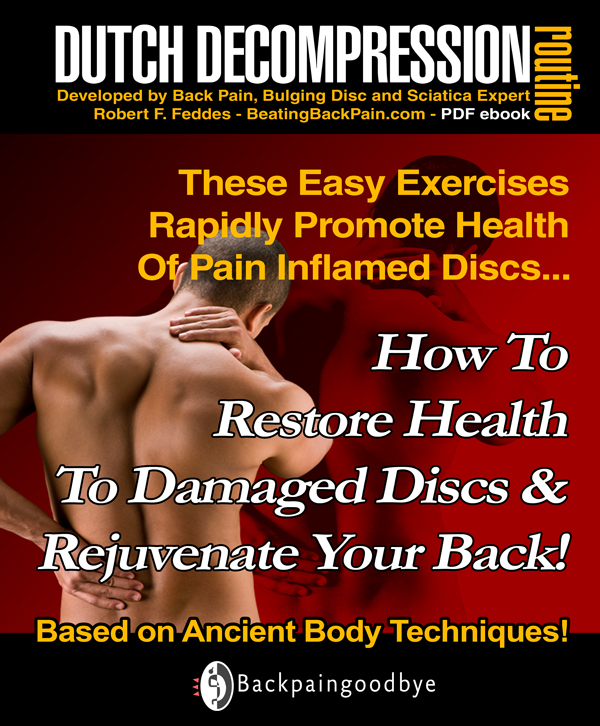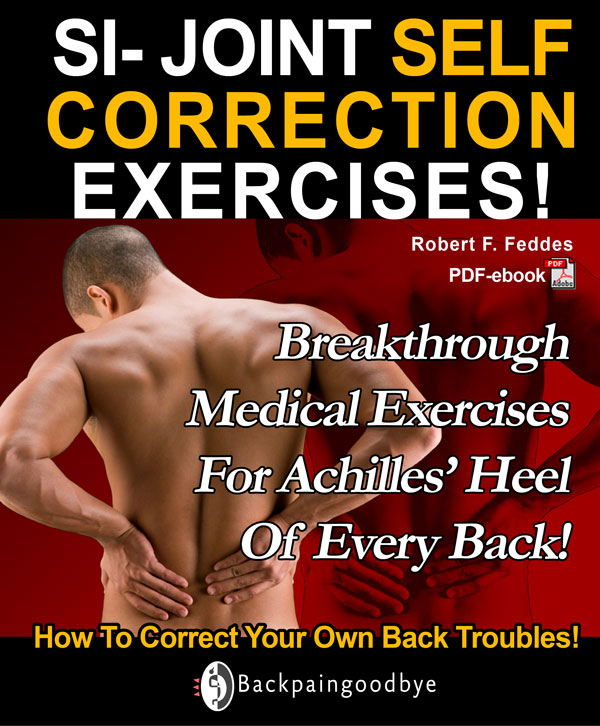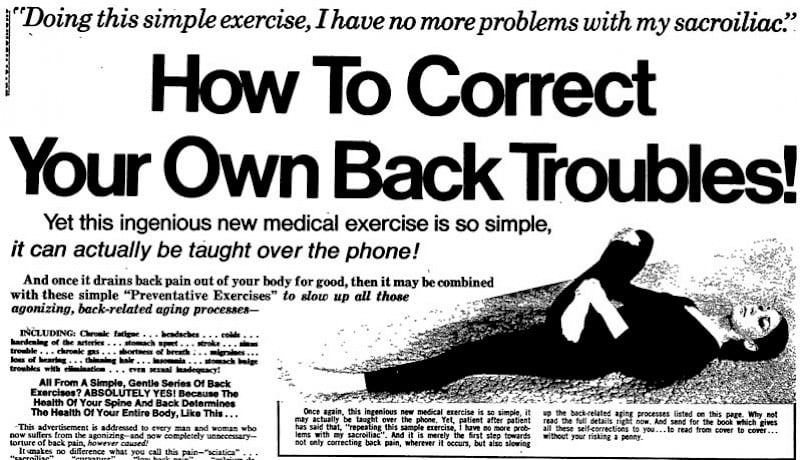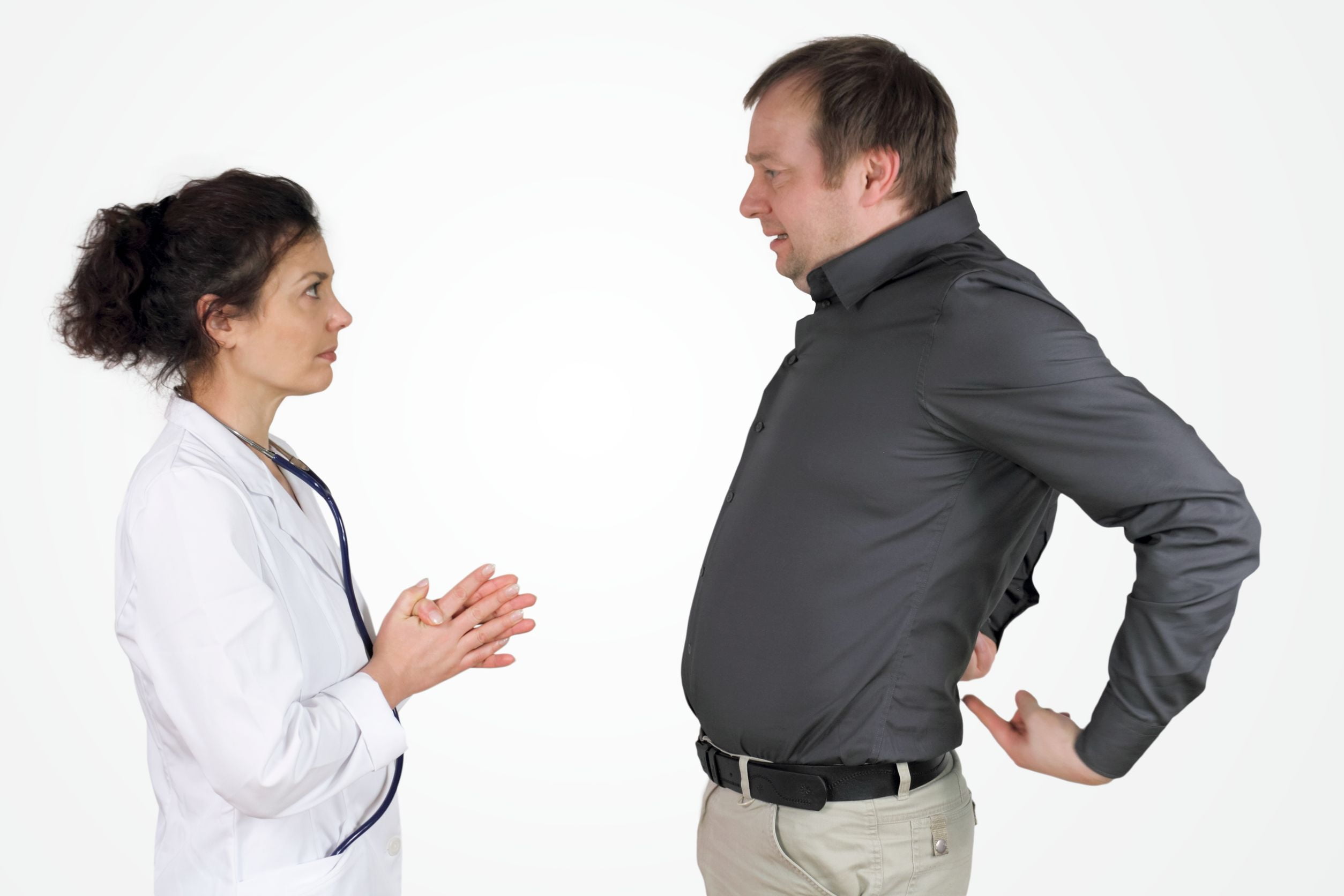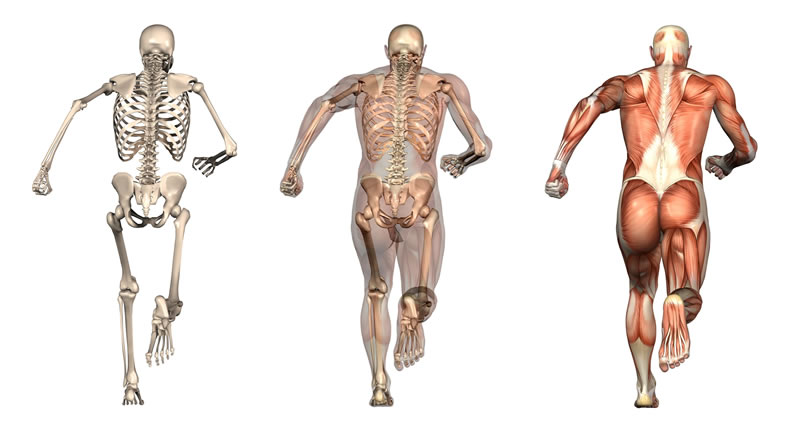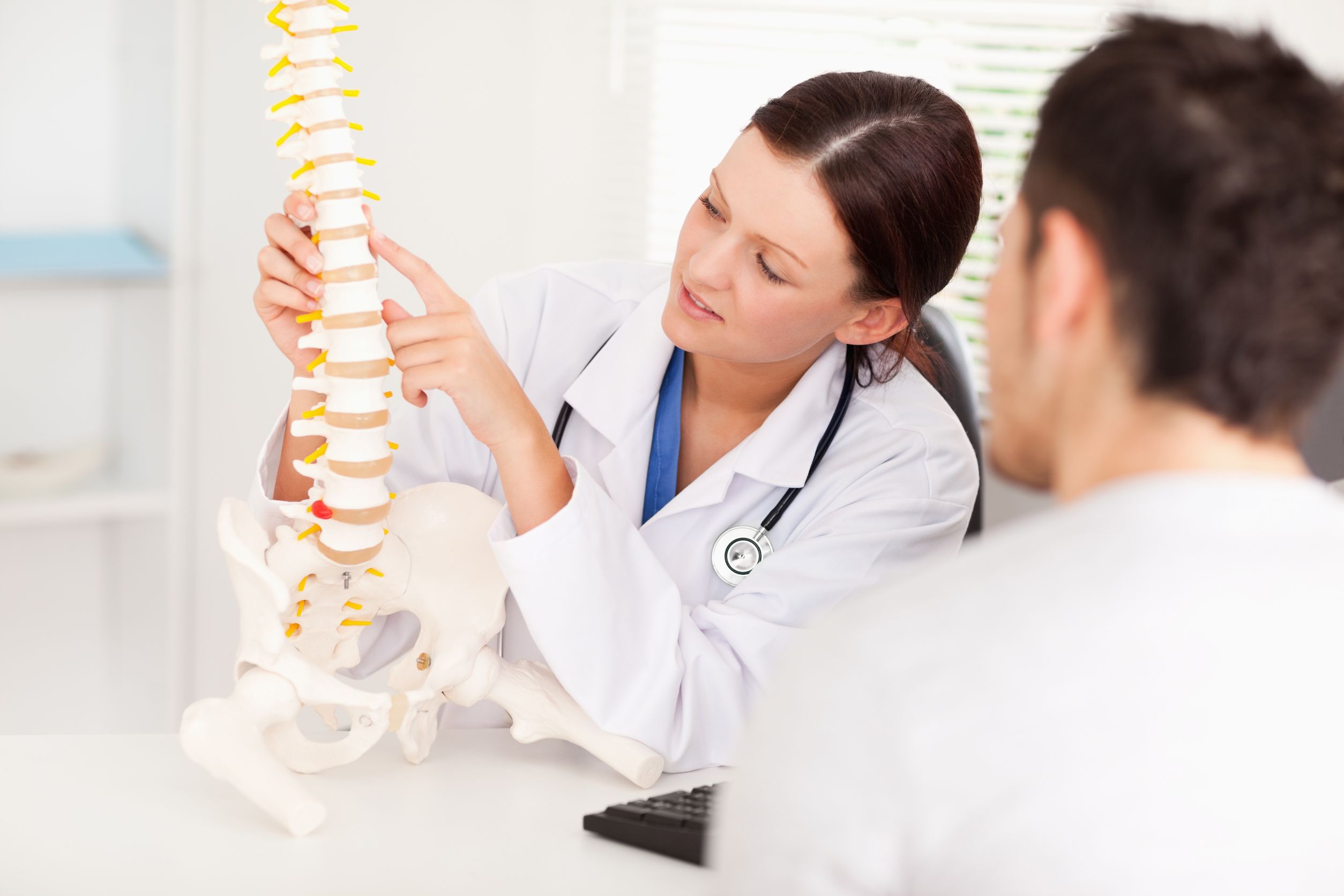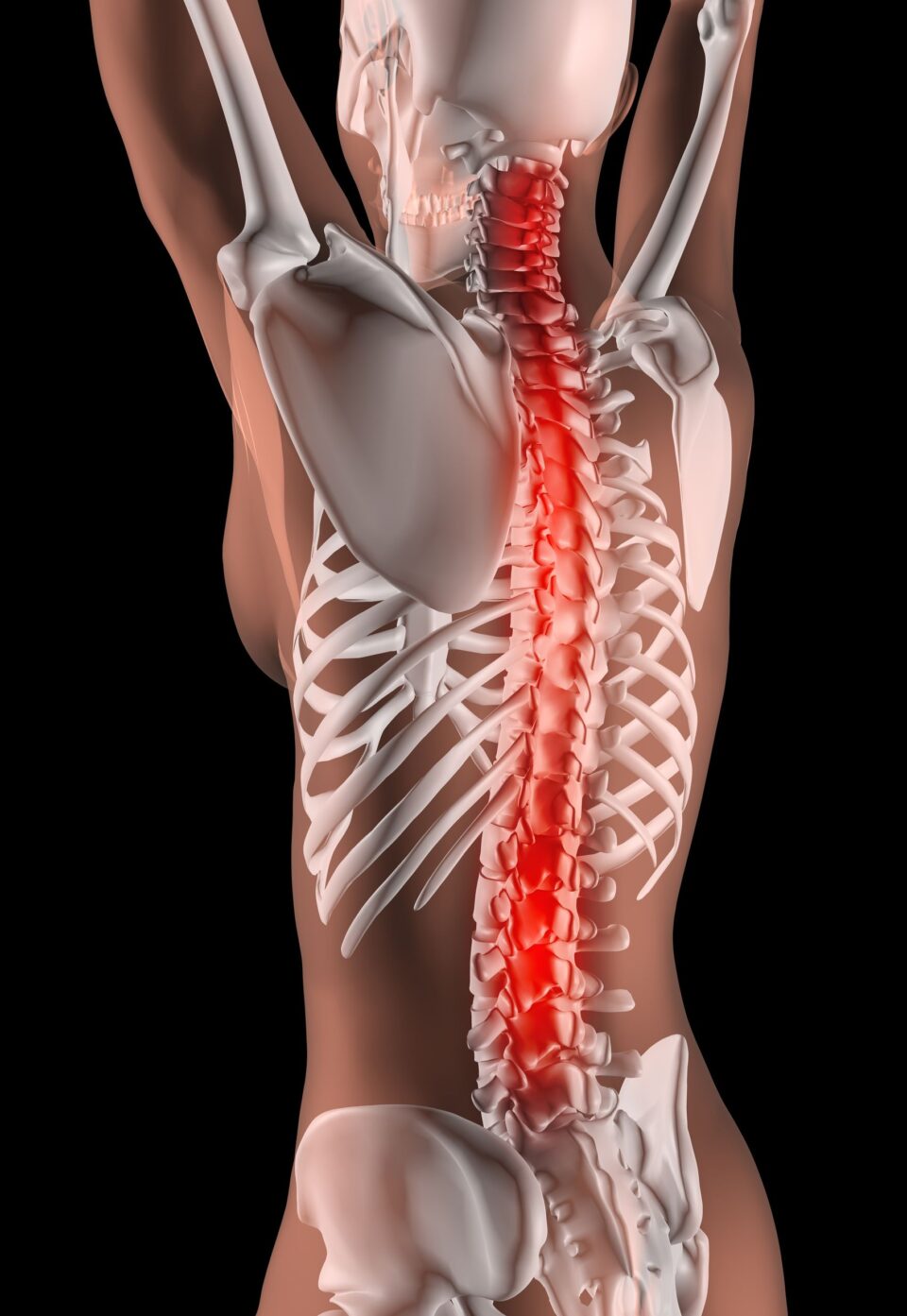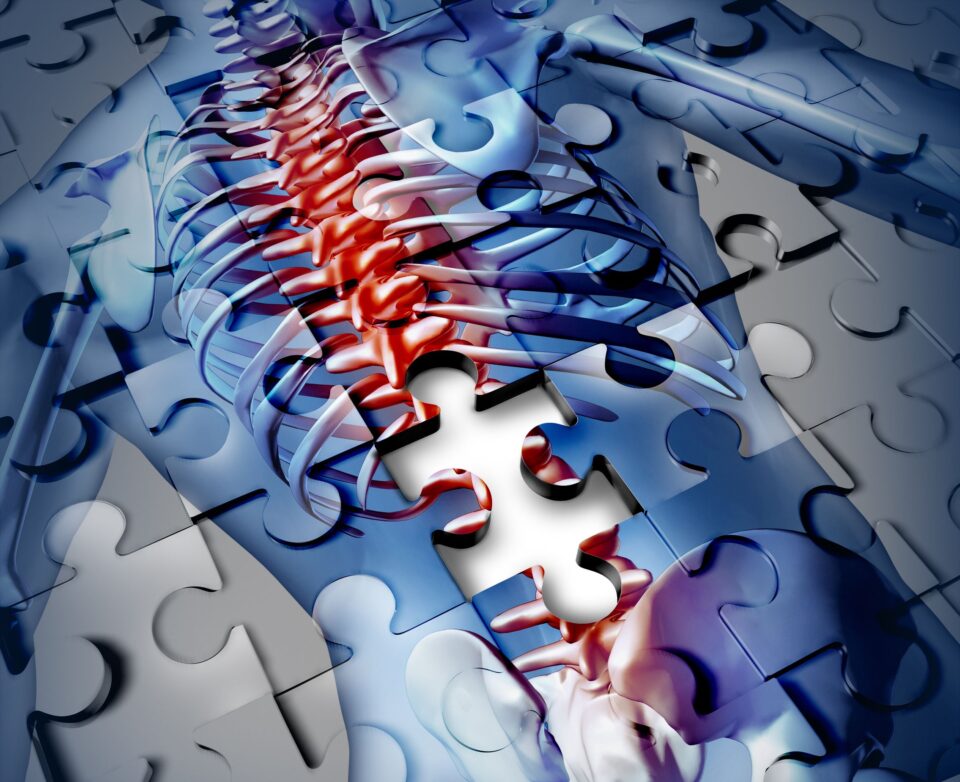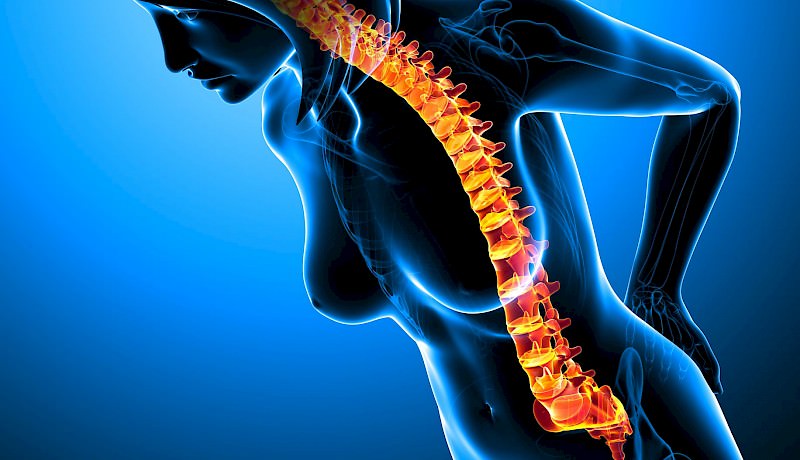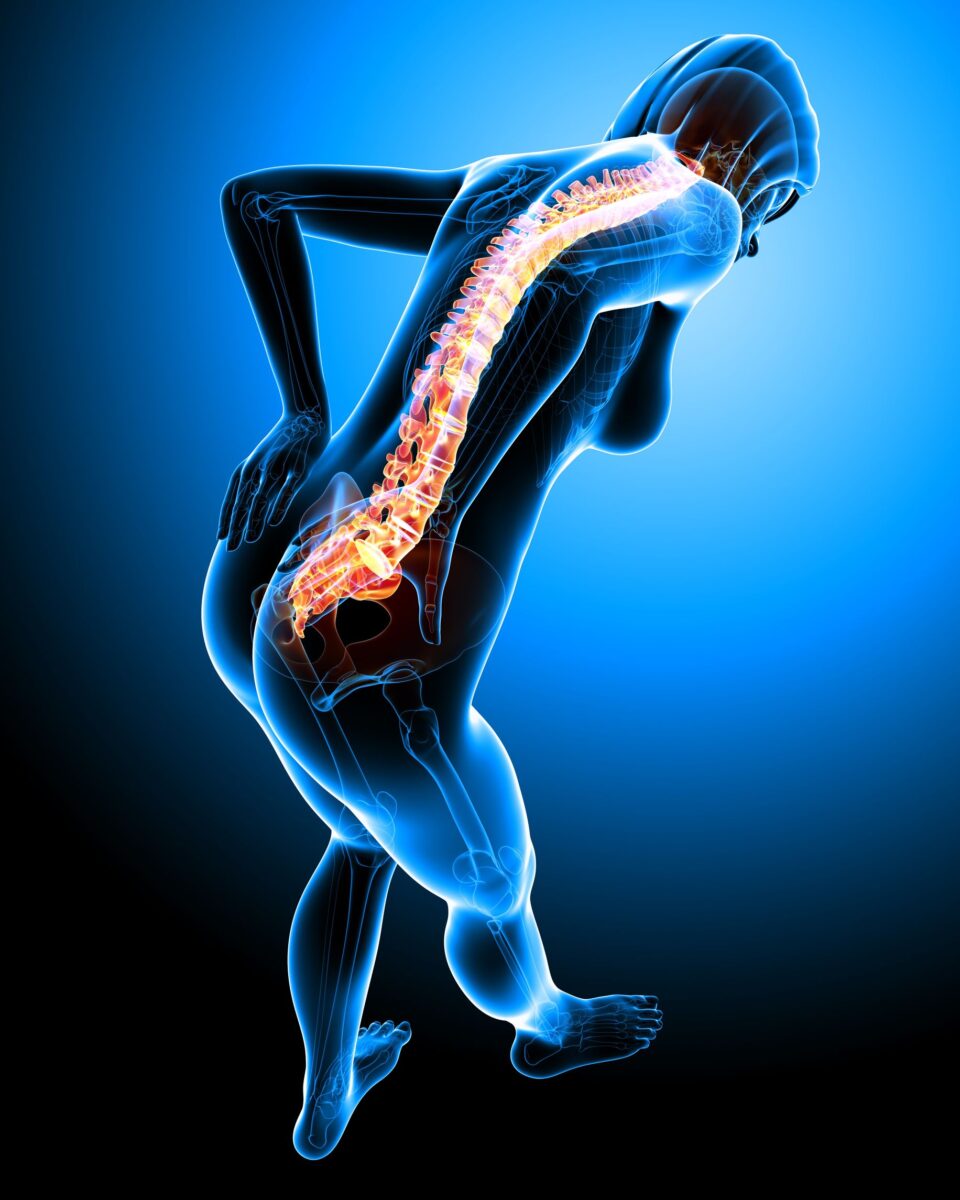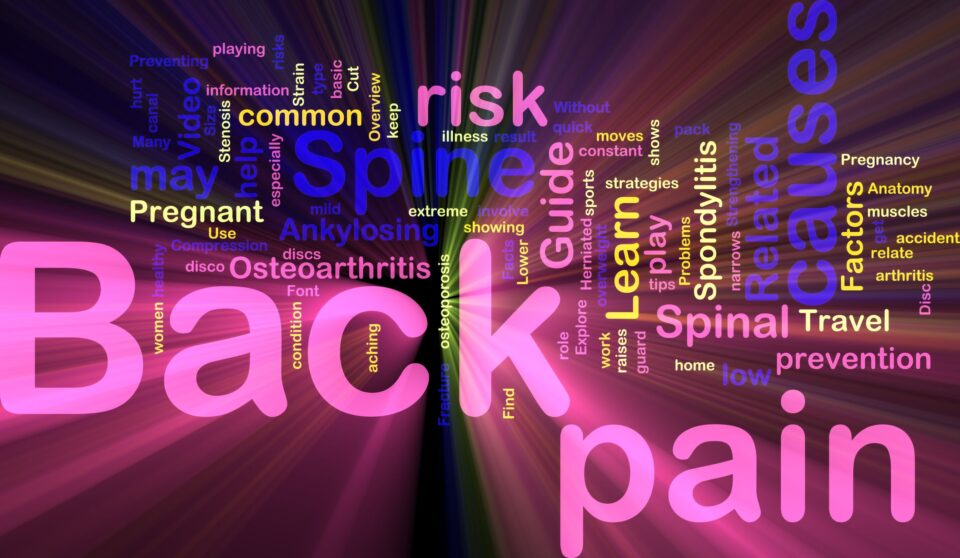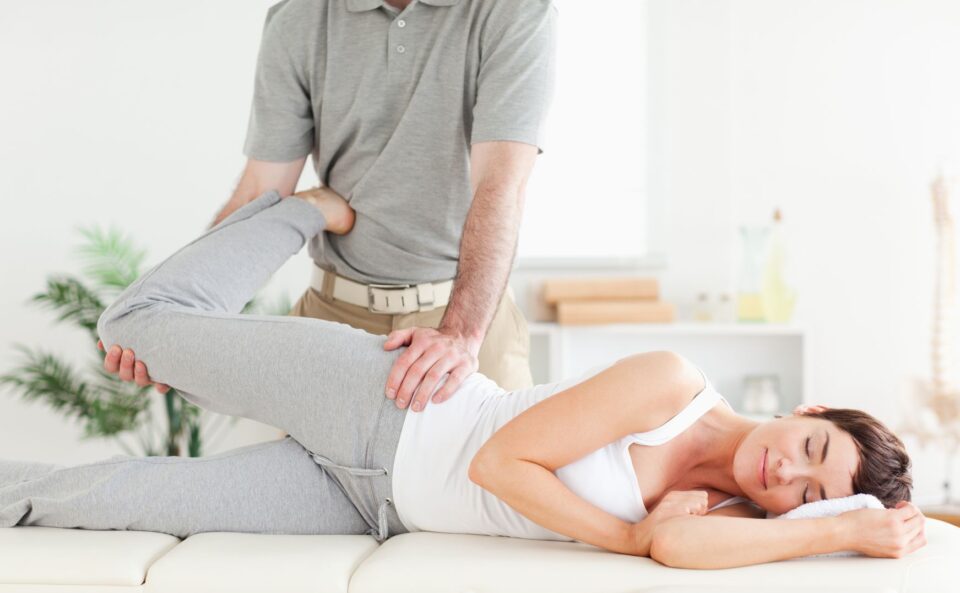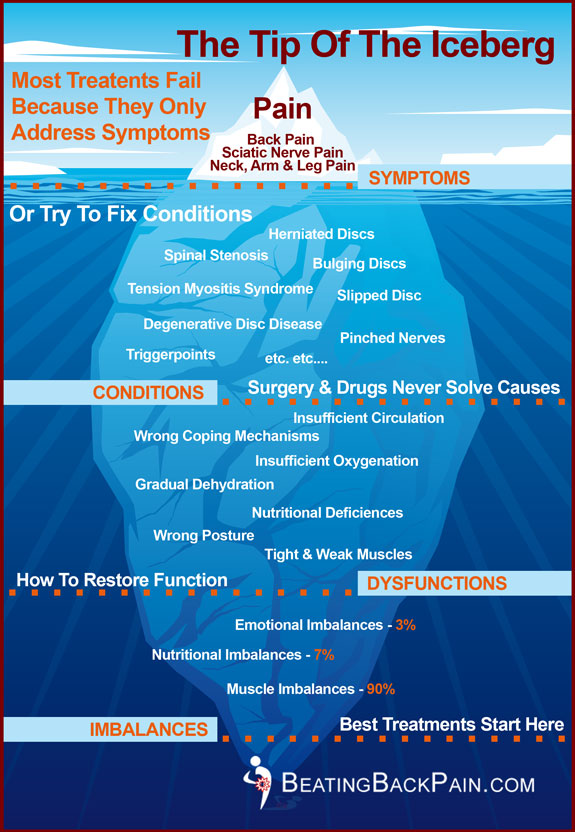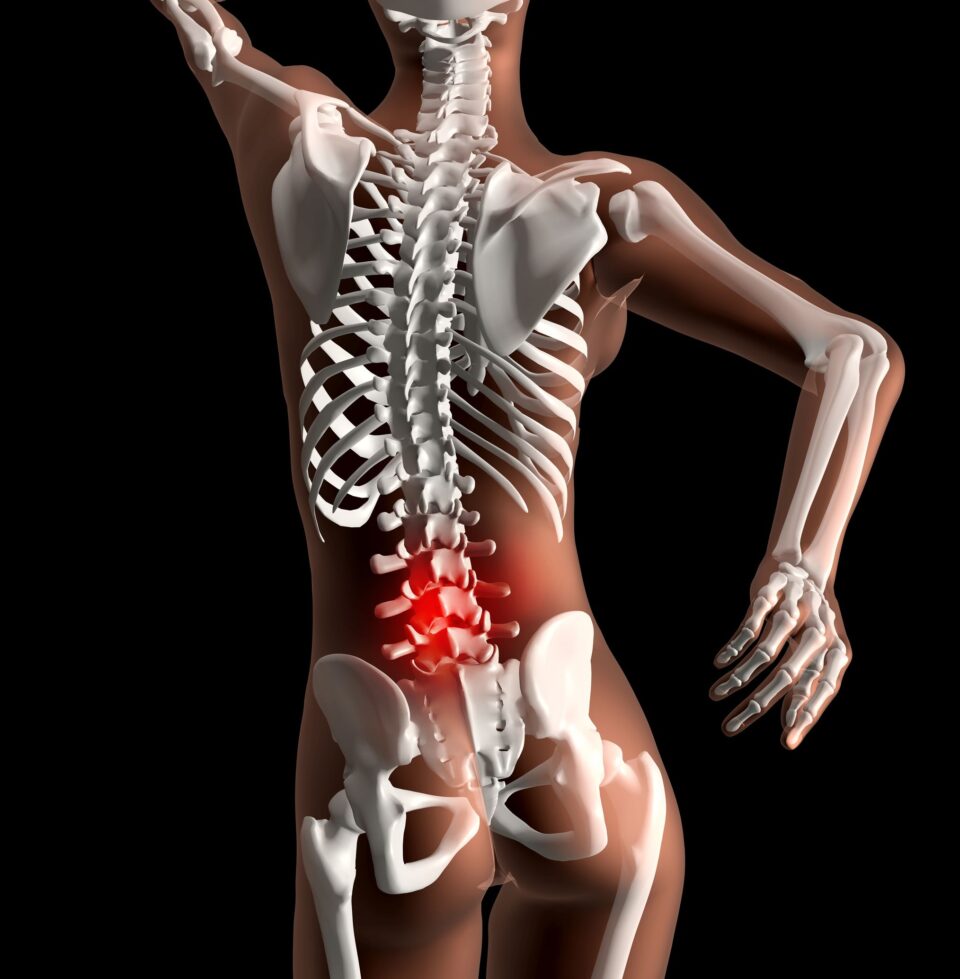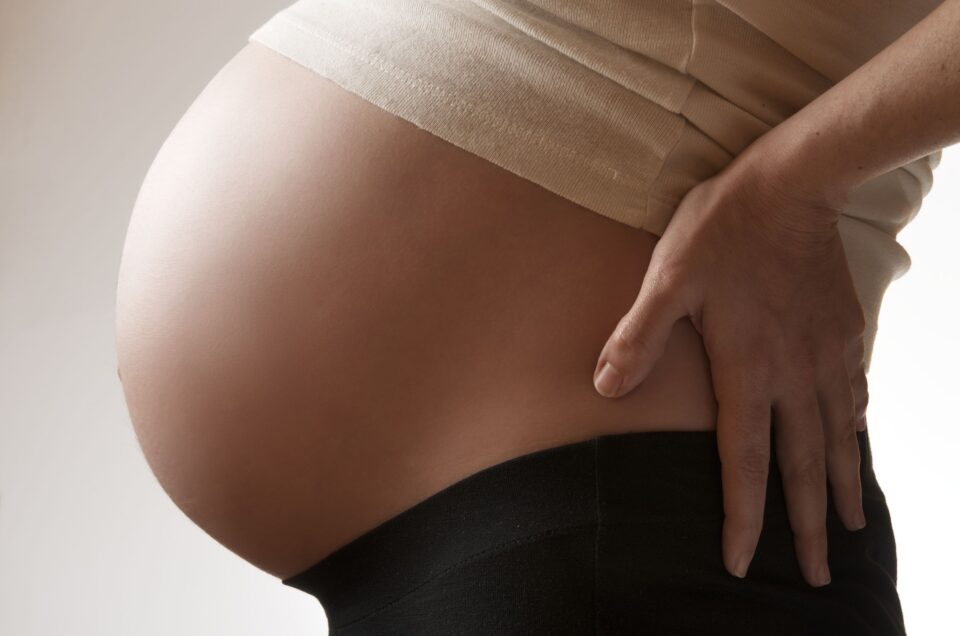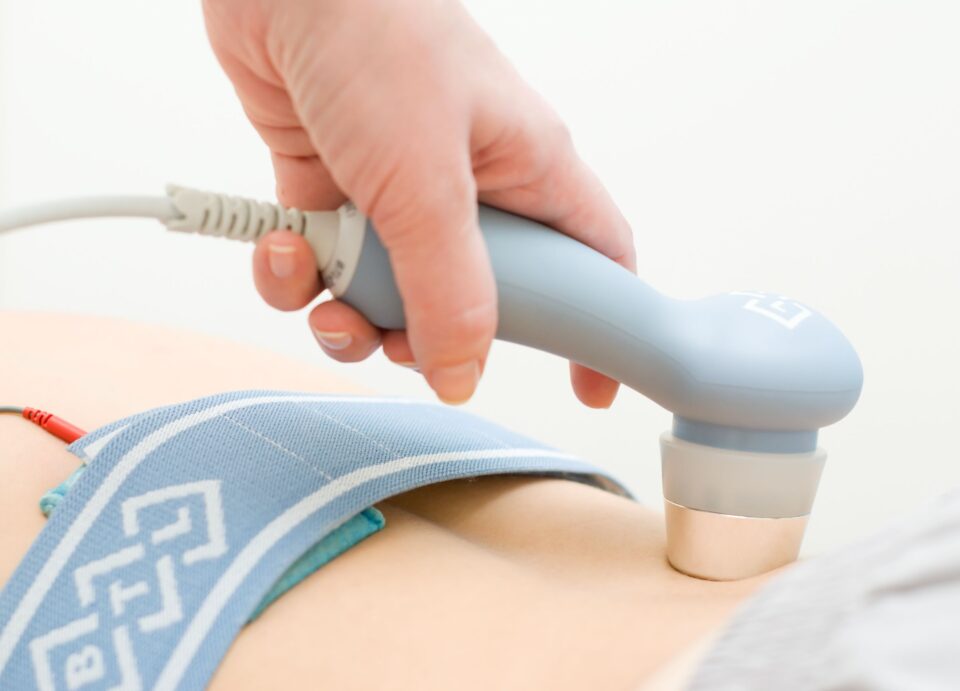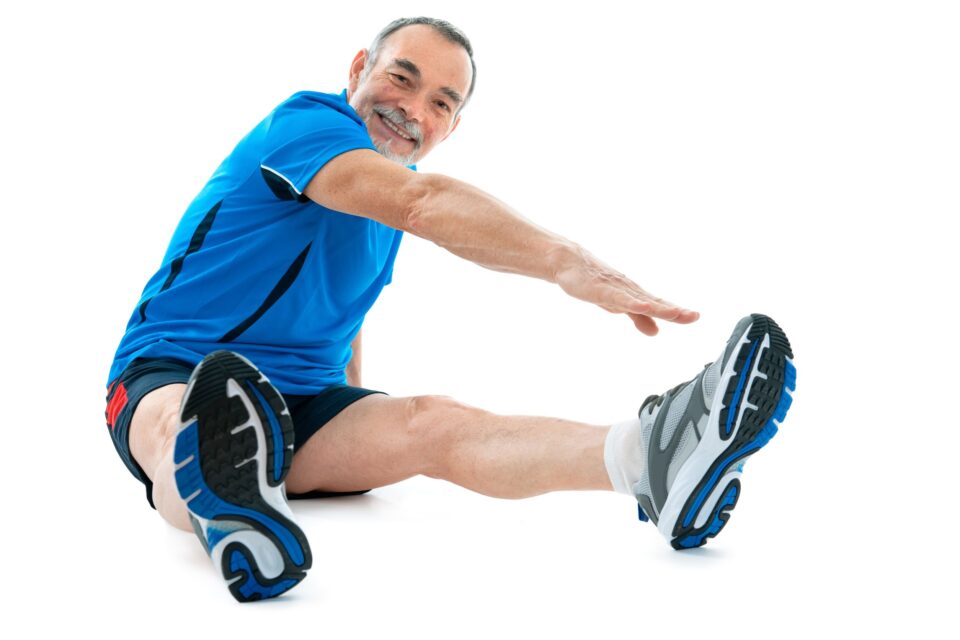To understand how a healthy back functions, there’s a couple of things to know about your spine. Because without the spine, we would – literally – collapse. We just can’t do without.
If you want your back to be healthy (again) you MUST understand how important it is to keep your back straight…
Not only physically keeping your back straight, but also psychologically.
When your back troubles are chronic it is especially important to straighten your psychological back and dare to believe in living pain free again cause if you give up hope, all may well be lost!
Maybe you’ve been doing exercises for years, or have received treatment numerous times, and haven’t made any real progress to show for it. Well, you’re not the only one!
Our research confirms that many back treatment programs have little to no result. That is not a very encouraging fact. Here you are, undergoing – intermittent – back therapy for years, and yet your problems keep coming back like a boomerang. Is it never going to end?…
…rest assured, your back troubles can end…
…no reason to give up hopes yet!…
Of course there is an active role for you to play in order to get your back healthy (again), or to keep it healthy. That is only logical. Not many things in life get better just by themselves…
Just as your back did not get worse all by itself either, you played a role in that as well, whether you knew it or not.
So here is the first thing to know about a healthy back – straighten your spine, saddle the horses, there is work to do, you got yourself in back trouble, now it is time to – literally – move yourself out of it again!
But like we mentioned before, most back treatment programs just have little result to show for all your money and troubles, so it apparently pays to know what does help and what doesn’t…
The information below is therefore aimed at arming you with just the right knowledge so you can soon judge for yourself whether any proposed back pain treatment program has any chance in bringing you the coveted progress.
Below, you will discover how our spines are designed and what that means for getting pain free again. Once you understand this, you will easily understand why most treatments and / or exercises have no lasting results (no matter how hard you try…)
Here are some facts about your spine…
Vertebrae and Intervertebral Discs
Your spine is made up of 25 vertebrae, neatly stacked on top of each other. The discs are located between each set of two vertebrae – hence the name intervertebral discs…
Two vertebrae connected by an intervertebral disc, together form a joint.
And we all know what joints do, join things and allow motion…
The discs are a crucial – and vulnerable – part of the joints in your back…
… intervertebral discs have three important functions:
– they connect the vertebrae with each other
– they provide suspension
– they enable bending forward and sideways and allow rotation and torsion of the spine
Your Back Is Vulnerable
The vertebrae are not connected just by the discs only. In addition to the discs, there are various ligaments running from one vertebra to the next.
So the joints of your back – two vertebrae plus one invertebral disc – are surrounded by ligaments.
Until recently, it was assumed that these ligaments in the back were very strong. And that the vertebrae together with the intervertebral discs and the ligaments surrounding them, were responsible for the strength and stability of our spines.
I say until recently, because recent scientific research has presented new insights.
Two American students investigated how much weight the spine can take before it gets damaged. And guess what? 20 pounds is already enough to cause significant damage to the spine. 20 pounds!
If that is true, then the spinal structure by itself is not nearly as strong and stable as we always thought…
Normal daily activities – like sitting and walking – already exert far more pressure on the spine than 20 pounds. Lying down, for example, exerts 55 pounds of pressure, standing up 110 pounds, and sitting 310 pounds.
This means that our back needs constant help, to ensure that we’re not damaging ourselves. And fortunately it gets this help from the surrounding muscles…
The Muscles In Your Back – Crucial For A Pain Free Back
For proper functioning AND protection of our backs, two kinds of muscles need to work well:
– larger muscles – to move our spine and body
– smaller & intermediate – deeper lying – muscles – to stabilize and control while moving…
The muscles that help with moving, are long, big and strong and span the larger part of the back.
They make sure that we can stand upright and bend forward, walk and sit, get up and down, etc.
The controlling & stabilizing muscles are both smaller and intermediate muscles that lie deeper within our backs. The smallest muscles run from vertebra to vertebra, in all different directions. Each individual muscle is small by itself, but together they are strong. Compare it to a skewer; you can break 1, but not a bundle of 50. Want a name for these small ones? Multifidus..
Interesting name that is as well, multi comes from Latin and means many, fidus is also Latin and means trustworthiness…
So we could say that the trustworthiness of your spine depends on the state of your multifidus!…
There are even books written alone about the multifidus muscle and its role in back pain…
…no need for you to go get one of those, just read on…
For a well functioning back, your muscles, discs and ligaments all have to work together efficiently and have to play their crucial parts…
Let’s see what roles must be played for your back to stay strong, stable and healthy…
Necessary Feedback And Signals From Your Back…
New scientific research from the Australian Spinal Stabilization Method has shown that the small stabilizing muscles in the back are not only needed for stabilizing power but also and maybe even more important, for feedback signals to the brain about the position of your vertebrae…
This groundbreaking new scientific research has shown that the intervertebral disc itself, as well as the ligaments around the spine, are full of nerve endings that send signals to the brain.
Here’s how it works:
When you bend over forward, your stabilizing muscles immediately send signals about how far you are bending. Your discs and ligaments do the same thing. As soon as the ligaments have stretched to their limit, they signal the brain that the intermediate controlling and stabilizing muscles have to kick in and pull their part, as well as the larger moving muscles…
All this is designed to make sure your moves remain controlled and balanced. And when you reach the end of what is healthy for your spine, the brain decides that you cannot bend any further and steers your muscles to all the right actions…
…come to think of it, isn’t it a miracle that this works right most of the time?…
You can probably imagine that controlling all these big and little muscles takes a tremendous amount of correct and timely signals. And exactly this is where things sometimes can and do go wrong…
Now you can understand why even a simple movement – let’s say you want to bend forward to grab something – can have such incredibly painful consequences. Because when the small stabilizing muscles do not receive the right signal in the right time, they will momentarily not participate in the stabilization of the movement…
As a result – and definitely not intended of course – a force exceeding the 20 pounds that your spine can handle, will be exerted to your spine. Result: your back snaps. Next thing you feel is the extreme reaction of your larger muscles to try and minimize the damage…
When these larger muscles contract, they throw you in a muscle spasm that can be quite excruciating…
…if you have experienced this, you know exactly what I mean, if you have never experienced it, lucky you, pray it stays like that!..
So every time your back pops out, small damage to a disc or to the ligaments in your back occurs that has some serious side effects in the form of an impaired feedback mechanism.
This is serious indeed because as a result your smaller muscles are no longer sufficiently activated. Leaving you of course with a back that has just become one bit more instable…
The Australian researchers found that multifidus muscles on the exact spot where your back popped out, within days lose size and strength… A good physio will be able to feel and confirm that in your back…
Back Pain & Muscles: Use It Or Lose It…
If your feedback mechanisms are impaired, these muscles do not get activated anymore, and therefore they are no longer used, and therefore they quickly lose strength and before you know it this all becomes a vicious down spiraling trend of increasing back troubles…
Damage to the back thus leads to reduced signal function by various parts of the back. And if your brain doesn’t get the proper signals, it will not activate a number of important muscles, which will then weaken, etc. etc. Leaving you with a back that is instable at it’s core…
This explains why back problems often return and get worse over time once people suffer from them.
And why most treatment programs (like massage) don’t help lastingly. Which only makes sense, because how nice the massage may feel, it does nothing to reactivate the muscles that are so much needed to stabilize the core of your lower back.
Docs And Physios On The Wrong Foot
Doctors used to think that when someone had back complaints but no damage to vertebrae or discs showed up on X-ray or MRI-scan, the problems were caused by surrounding muscles.
And so it was thought that the problems could be fixed by massage and or exercise…
But thanks to the Australian research we now understand that these solutions will produce no lasting results because most exercises do not target these deeper lying muscles…
You get the point? In order to get results, you have to re-activate the right muscles and re-open the feedback channels in your back muscles again.
As a result of the aforementioned study, new methods of treatment have been developed.
Beatingbackpain.com participates in those methods. We have now developed special exercises that help you re-activate these deeper lying muscles and that help you restore health to damaged discs as well.
Because it is not only the muscles that get damaged. Other research shows that troubled backs almost always have areas where the discs are thin and dried out and are in desperate need of rejuvenation and restoration.
So here you have it, if your back is hurting, your body needs your help in re-activating just the right muscles to increase the core stability of your back again and it needs your help in enabling your body to heal your discs again.
All you need is some Back Exercises To Prevent Your back From Popping Out.
And now you understand all this, we sure hope this will motivate you to get your hopes up again and start working on getting pain free again.
Here’s to your healthy back!



